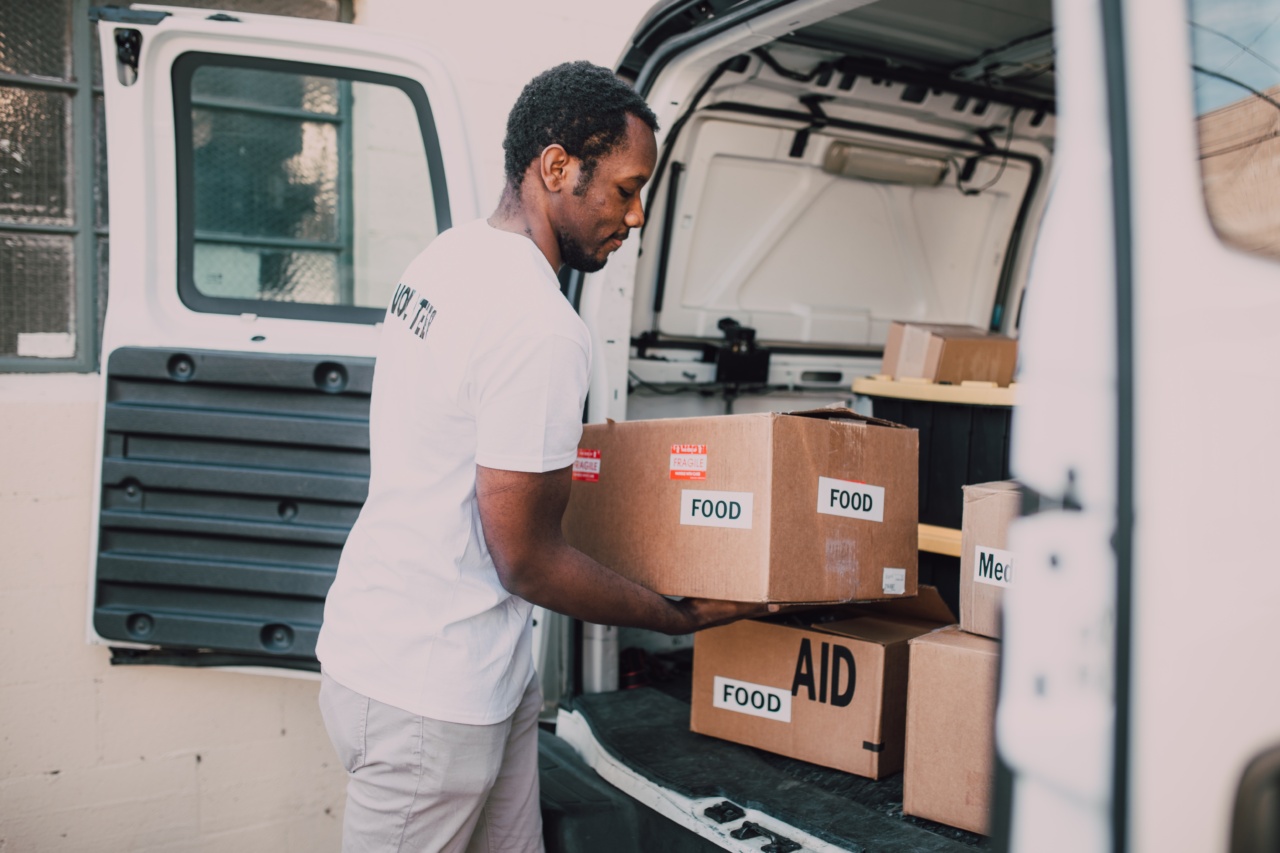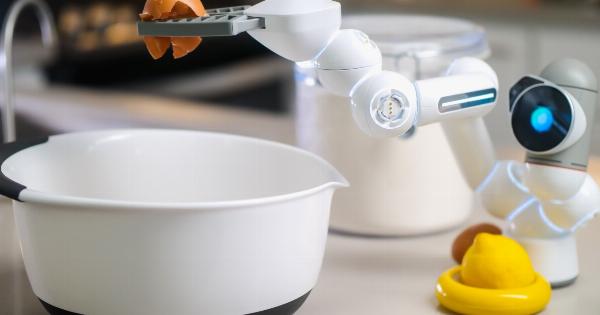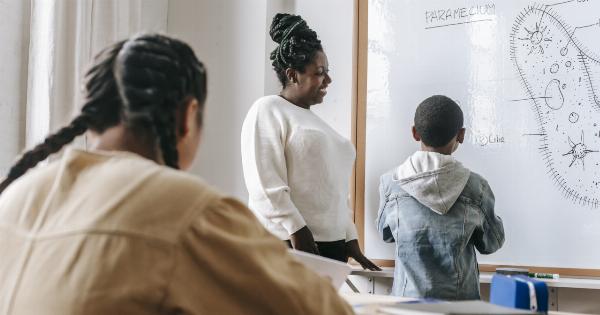The need for bone marrow donors has increased significantly in recent years due to an increasing number of people being diagnosed with various blood disorders and cancers.
Bone marrow transplant is often the last resort for these patients, offering them a chance at survival and a better quality of life. As a result, there has been an overwhelming support for bone marrow bank donations, with more and more individuals stepping forward to become potential donors.
Understanding Bone Marrow Transplant
Before delving into the overwhelming support for bone marrow bank donations, it is essential to understand what a bone marrow transplant entails.
A bone marrow transplant is a medical procedure that replaces damaged or destroyed bone marrow with healthy bone marrow stem cells. These stem cells can be derived from the patient themselves (known as an autologous transplant) or from a compatible donor (known as an allogeneic transplant).
For patients with blood disorders such as leukemia, lymphoma, and sickle cell anemia, a bone marrow transplant can be life-saving.
It helps to replenish the supply of healthy blood cells, restore the immune system, and potentially cure the underlying disease.
The Importance of Bone Marrow Bank Donations
The success of a bone marrow transplant heavily relies on finding a suitable donor whose tissue type matches that of the patient. This is where bone marrow banks play a crucial role.
These banks collect and store bone marrow samples from voluntary donors, creating a registry of potential matches for patients in need.
With an overwhelming number of individuals supporting bone marrow bank donations, the chances of finding a suitable donor for patients in need are significantly increased.
The more individuals who register as potential donors, the higher the chances of finding a match for those in urgent need of a transplant.
Factors Contributing to Overwhelming Support
There are several key factors contributing to the overwhelming support for bone marrow bank donations:.
1. Life-Saving Potential
One of the primary reasons people are eager to donate bone marrow is the potential to save a life. By donating bone marrow, individuals can play a direct role in giving someone the gift of life and a second chance.
The thought of being able to alleviate someone’s suffering and potentially cure their disease motivates many to step forward and become donors.
2. Ease of Donation Process
Contrary to popular belief, donating bone marrow is a relatively simple and painless process. There are two primary ways of donating bone marrow:.
a) Peripheral Blood Stem Cell (PBSC) Donation: This method involves collecting peripheral blood stem cells, which are responsible for producing all types of blood cells.
The donor receives injections of a medication that increases the number of stem cells in their bloodstream. The stem cells are then collected through a process called apheresis, where blood is drawn from one arm, passed through a machine to separate the stem cells, and the rest of the blood is returned to the donor through the other arm.
b) Bone Marrow Donation: This method involves the extraction of bone marrow from the donor’s hip under general anesthesia. The donor is not conscious during the procedure and does not experience pain.
The body replenishes the donated bone marrow within a few weeks.
Both methods are relatively safe and have minimal side effects. This ease of the donation process encourages more people to come forward and offer their support.
3. Increased Awareness
The efforts of various organizations, medical professionals, and media have significantly increased awareness about bone marrow donation and its life-saving potential.
Educational campaigns, news stories, and community events have helped dispel myths and misconceptions surrounding bone marrow donations and promoted the importance of registering as a potential donor.
As a result, individuals from diverse backgrounds and age groups are now actively engaging in conversations about bone marrow transplant, which has led to an overwhelming surge in support for bone marrow bank donations.
4. Positive Impact on Communities
Bone marrow bank donations not only have a positive impact on individual patients but also on communities as a whole.
When a community rallies together to support bone marrow donations, it fosters a sense of unity, compassion, and social responsibility.
By coming together to support those in need, communities are actively contributing to the well-being of their members and creating a supportive environment for patients and their families.
This sense of community support further encourages individuals to become part of the bone marrow bank and offer their assistance.
5. Increasing Success Rates of Transplants
Advancements in medical technology, better understanding of tissue typing, and improved post-transplant care have significantly increased the success rates of bone marrow transplants.
This positive trend has instilled confidence and trust in potential donors, encouraging them to step forward and contribute to the bone marrow bank.
6. Availability of Donor Match Programs
Many countries have established comprehensive donor match programs that facilitate the process of finding suitable matches for patients in need.
These programs leverage technology, databases, and international collaboration to identify potential donors and streamline the transplant process.
By becoming a part of these donor match programs, individuals have an increased chance of being matched with a patient in need, further motivating them to support bone marrow bank donations.
7. Supportive Networks and Organizations
Various networks and organizations dedicated to promoting bone marrow donations provide extensive support to potential donors.
These organizations offer information, counseling, and assistance throughout the donation process, ensuring that potential donors feel comfortable and their questions and concerns are addressed.
By providing a strong support system, these networks and organizations have played a significant role in garnering overwhelming support for bone marrow bank donations.
Challenges and Future Outlook
Despite the overwhelming support for bone marrow bank donations, there are still certain challenges that need to be addressed to further enhance the impact of these donations:.
1. Cultural and Ethnic Diversity
There is a need to encourage individuals from diverse cultural and ethnic backgrounds to participate in bone marrow bank donations.
Patients require a donor with a tissue type closely matching their own, and currently, the diversity of the donor pool does not adequately represent the global population. Efforts to increase diversity and representation within the donor pool are crucial to ensure that all patients have an equal chance of finding suitable donor matches.
2. Education and Awareness in Rural Areas
While the awareness about bone marrow transplant and donations has improved significantly in urban areas, there is still a need to focus on educating and creating awareness in rural and underprivileged communities.
Providing accessible information and debunking potential myths and misconceptions can help overcome barriers and encourage participation from these populations.
3. Overcoming Fear and Misconceptions
There are still misconceptions and fear among potential donors regarding the bone marrow donation process.
Addressing these concerns through educational campaigns, personal experiences of donors, and clear communication from healthcare professionals can help alleviate fear and encourage more individuals to come forward.
4. Enhancing Donor Experience
Continuing to improve and streamline the donor experience can further enhance support for bone marrow bank donations. This includes optimizing the process, providing better post-donation care, and prioritizing donor satisfaction.
By ensuring a smooth and positive experience, previous donors are more likely to encourage others to participate, thus expanding the pool of potential donors.
Conclusion
The overwhelming support for bone marrow bank donations showcases the collective willingness of individuals to contribute to the well-being and survival of those diagnosed with blood disorders and cancers.
Factors such as the life-saving potential, ease of donation process, increased awareness, community impact, and improving success rates have all played a significant role in driving this support.
However, there are still challenges to overcome, including diversifying the donor pool, increasing education and awareness in rural areas, dispelling misconceptions, and enhancing the overall donor experience.
Addressing these challenges will further strengthen the impact of bone marrow bank donations and provide hope to countless patients in need of a transplant.






























